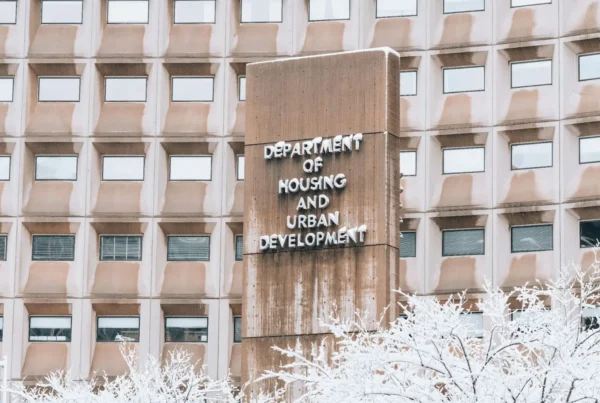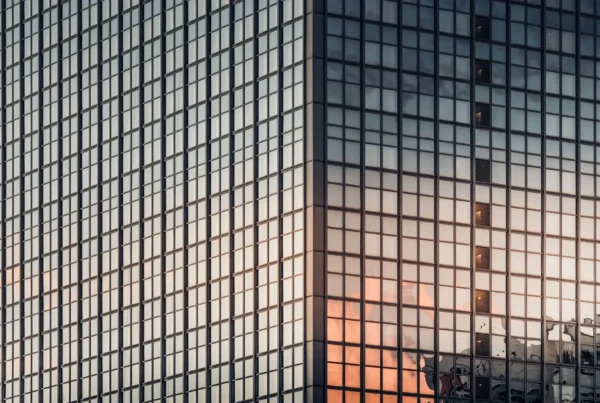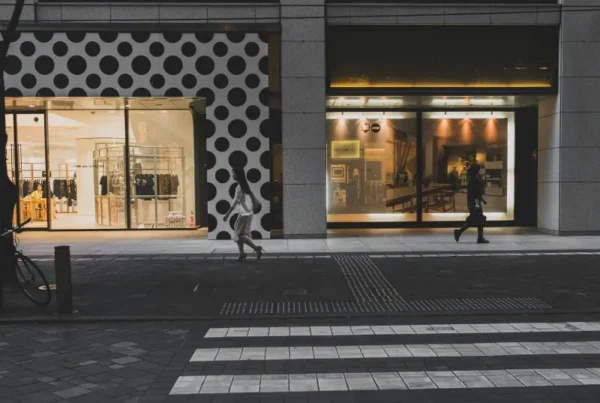When it comes to improving the security and performance of windows in historical buildings, the application of window film may be a practical and minimally invasive solution.
However, the unique characteristics of historic structures and their stringent preservation guidelines raise important questions about the viability of this approach.
In this article, we’ll explore the potential benefits of window film for historical buildings, its limitations, and alternative solutions for optimal protection and performance.
Benefits of Window Film for Historical Buildings
Safety and Security
Historical buildings can increase the safety of their occupants by installing safety and security window film, which is designed to hold broken shards of glass in place.
In the event of breakage, whether due to vandalism, forced entry attempts, accidents, or natural events, the film acts as a protective layer that helps the window retain its shape, reducing the risk of injury from flying glass.
By keeping shards together, the film can also delay forced entry attempts, giving people inside time to react and providing security personnel and law enforcement with additional time to respond to a potential breach.
UV Protection
Historical buildings often house valuable artifacts, furnishings, and architectural elements that can be susceptible to damage from ultraviolet (UV) rays.
Window film can block a significant portion of UV radiation — up to 99.9%, to be exact — thereby reducing the fading and deterioration of interior furnishings and materials.
This protective layer helps preserve the aesthetic and historical value of furniture, art, and other interior objects and components, extending their lifespan and maintaining their appearance for longer.

Privacy
Using privacy window film for historical buildings can increase daytime privacy by making it difficult for people outside to see in through windows (when the exterior light is brighter than the interior).
For historic buildings that may serve as museums, offices, government facilities, or other spaces where people visit and work, maintaining a level of privacy without compromising the building’s historical aesthetics can be challenging.
Privacy window film can provide an effective solution by reducing visibility from the outside while still allowing natural light to filter through. This can be particularly useful in spaces where discretion is important but full window coverage is not desirable.
Energy Efficiency
Low-emissivity (low-e) window films can also contribute to the energy efficiency of historical buildings. These films are designed to reflect infrared light (which we feel as heat), helping keep heat inside during the winter and reduce solar heat gain in the summer.
By improving the thermal insulation of existing windows, low-e films can decrease the building's energy consumption related to heating and cooling. This not only helps in maintaining a more consistent indoor temperature, but also reduces the overall energy costs.
For historic buildings, where replacing windows with more energy-efficient glass might be out of the question, applying low-e films provides an energy-efficient solution that doesn’t compromise the building’s architectural integrity.
Window Film for Historical Buildings: Limitations and Considerations
While window film can offer many benefits, it is not without its limitations, especially when applied to protected and high-security historical buildings.
Preservation Guidelines
Historical buildings are often subject to strict preservation guidelines that dictate how modifications to their architecture, including windows, can be made.
These regulations are in place to ensure that any changes do not compromise the building's historical and architectural significance. In many cases, applying window film may be prohibited or require special approval.
Preservation authorities may have concerns about the film's impact on the building's appearance or its potential interaction with original materials. Therefore, it's crucial to consult with local preservationists and obtain any necessary permits before proceeding with window film installation.
Inadequate Protection Against Forced Entry
While safety and security window film can delay entry by holding glass shards in place, it does not prevent forced entry altogether.
For high-risk buildings, such as government facilities or other critical infrastructure, relying solely on window film may not provide sufficient protection.
Since security window film is not designed to withstand prolonged or aggressive attacks, its effectiveness is limited compared to more robust solutions.
For buildings that require high levels of physical security, especially to protect against forced entry, window film is not the ideal choice.
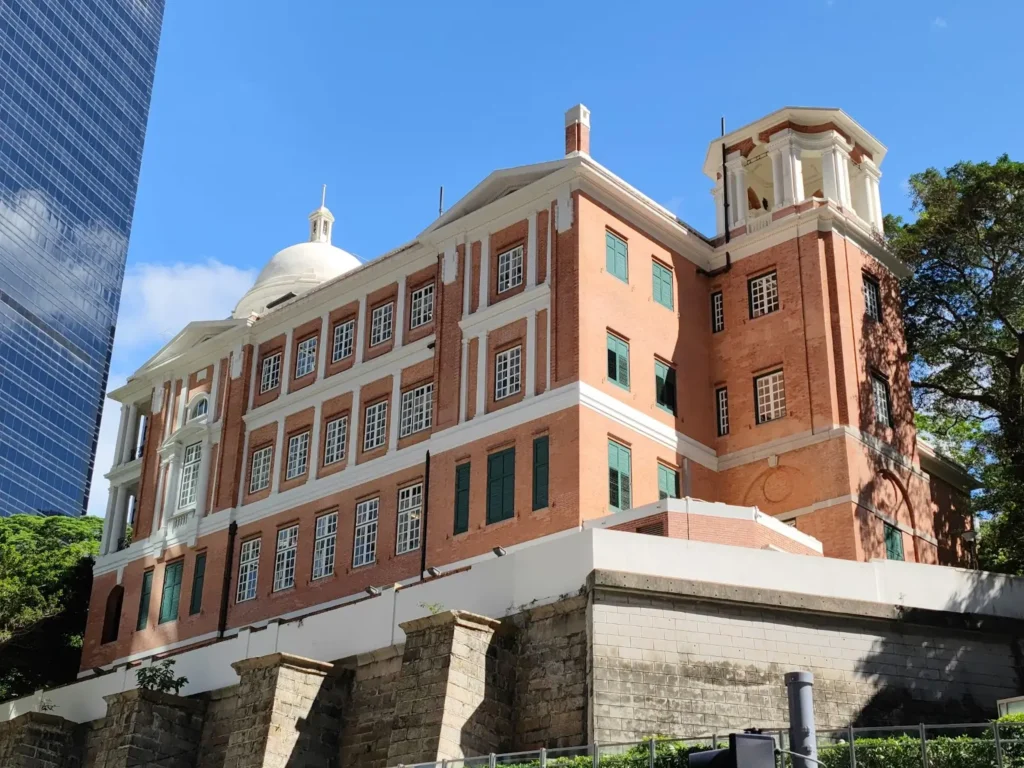
Alternatives To Using Window Film for Historical Buildings
Given the limitations of window film for historical buildings, exploring alternative solutions may be necessary to achieve both preservation and security goals.
Retrofittable Forced Entry-Resistant Security Glazing
A more effective option for high-risk buildings is retrofittable forced entry-resistant security glazing.
Retrofittable security glazing is designed to withstand significant force and repeated impacts to prevent unauthorized entry, whether it’s a burglary attempt, rioting and looting, or an active threat scenario.
Additionally, retrofittable security glazing can often be combined with specific types of window film to achieve some of the other benefits discussed above, such as UV protection and increased daytime privacy.
Not only that, but adding a pane of security glazing on top of a historic building’s existing window glass can improve the building’s energy efficiency, by essentially turning single-pane windows into double-panes.
Compression-Fit Sub-Framing Systems
Certain types of retrofit security glazing, such as Riot Glass, can be installed using non-invasive methods that comply with architectural preservation guidelines, such as compression-fit sub-framing systems.
Compression-fit sub-framing systems, such as the Riot Glass J Series, offer a practical solution for securing historical buildings without compromising their architectural value.
These systems allow for the installation of forced entry- or bullet-resistant security glazing on top of existing windows without altering the original window glass, framing, or surrounding structure.
The sub-framing compresses the security glazing into place, creating a secure barrier against forced entry while maintaining the building’s historical appearance. It can then be removed at a later date without leaving any permanent trace that it was there.
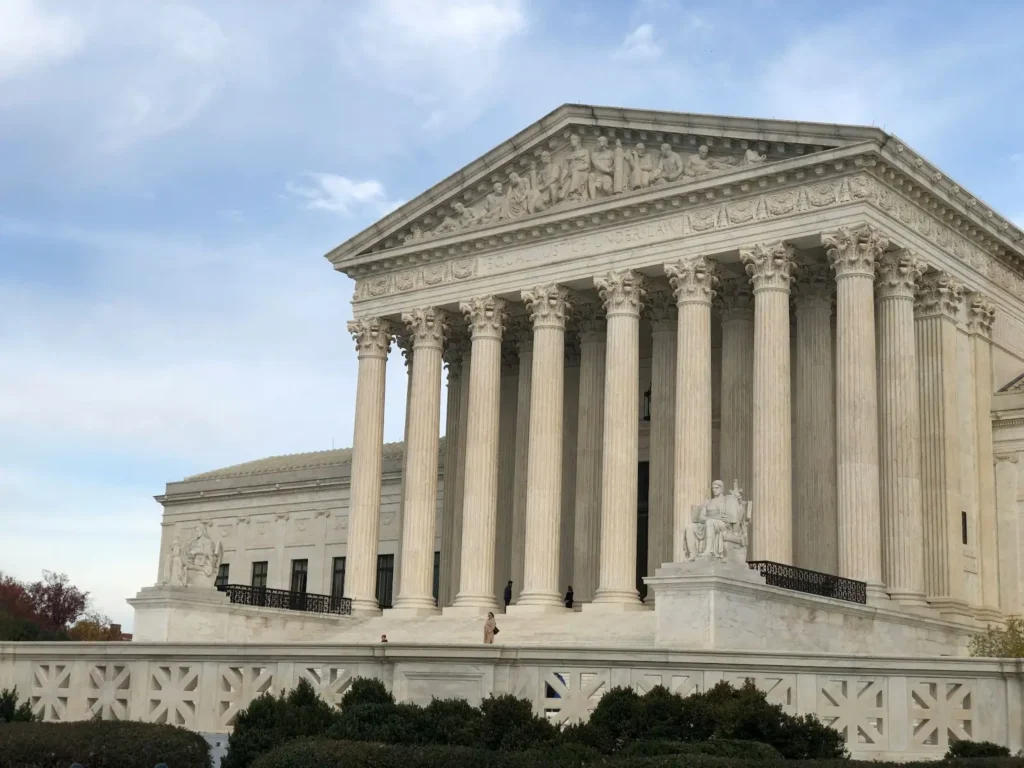
Conclusion
Using window film on historical buildings can offer several benefits, including increased safety, UV protection, additional privacy, and better energy efficiency. However, strict preservation guidelines and window film’s limitations in preventing forced entry often result in the need for alternative solutions.
For buildings requiring high levels of physical security, especially those at high risk for forced entry, retrofittable forced entry-resistant security glazing installed with compression-fit sub-framing is a more viable option. This approach makes it possible to balance the preservation of historical integrity with the need for modern window security measures.
At Campbell Glass and Films, we offer a full range of window film for historical buildings, align with other, more robust glazing solutions. Contact us today for a free consultation!

